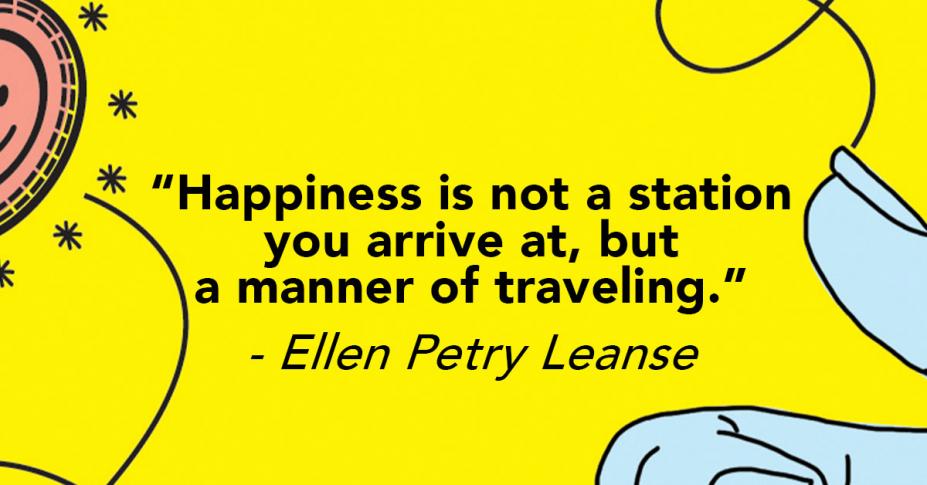According to Gallup research, as few as 13% of US employees are engaged at their jobs. I’ve been reading a lot lately about things business leaders and managers can do to deal with this trend. Management consultants and coaches advise a list of cures, including upgraded perks, mindfulness practices, training in psychological safety, daily surveys, and enhanced leadership practices – some of which actually work.
Yet I can’t find anything about what employees themselves can do when they feel disengaged. And, face it, not all companies are equipped to improve what disengaged employees experience. So I’m sharing these 4 neuroscience-based brain hacks on what any employee can do to make their days more interesting, more tolerable, and maybe even more satisfying than what they’re feeling now.
1. Take a phone break. We pay a price for our reliance on mobile technology: rising distraction and stress. The little buzzes and chirps that call our attention to our phones have trained us to constantly anticipate interruptions and “things we need to do.”
I’m far from alone in writing about the impact of tech on the quality of life, though I explore it (and what to do about it!) in The Happiness Hack. We all need to realize that our dependence on our phones is changing our brains in ways associated with anxiety, stress, and even obsessive behavior. Getting our phones out of sight and out of mind, even for a short stretch of time each day, reminds us that we have a say in the way we think and act. It also helps us reconnect with more focus and persistence in satisfying ways.
Putting your phone away won’t change anything about your job. Yet it might remind you that even small acts can feel empowering in ways that might encourage other small acts – or larger ones. Our phones are great at making us forget some of our autonomy and choice. Maybe this small practice will spark an idea or change that reminds you that you have a say in how your time is spent, in ways that ripple out to other aspects of your work day.
2. Step outside. Schedule time on your calendar to simply walk out the door. Head outside, even if it’s for a short break, and remind yourself of all that’s happening outside of your workplace walls. Pay attention to the sights and sounds around you. Look at the leaves on nearby trees, or see how far you can look out into the distance. Nature shifts brain patterns: natural light helps lower blood pressure; patterns and movements reduce stress. Even a short break can help you reconnect with yourself, check in with what you need to accomplish next, and reset your focus for the rest of the day.
Want more? Bring a bit of nature, even if it’s only a picture, to the place where you work. Even a quick visual nature break refreshes the brain, improving concentration and focus.
3. Journal about a goal that matters to you. Take 10 minutes, even 5, to write about a future ambition or priority. Then jot down one simple thing you can do tomorrow to take a step toward this goal (even if all you can do is remind yourself of the goal again). Once you’ve said something about the goal and a small step toward it, write down why achieving this matters to you. This simple exercise calls upon several distinct cognitive cycles, and also “primes” the brain to be more attentive to information aligned with your vision.
Directing your brain towards a future improvement helps activate thoughts and decisions that are more likely to point toward that improvement. Make this a daily practice and see what happens.
4. Find one thing. Quick: think of something that is actually good about your work. Maybe there’s a kind co-worker who helps you believe in yourself. Or a project that has glimmers of work you actually like to do. Or maybe there’s new knowledge or a new ability you have the chance to learn. If you can find even one such thing, you have a cornerstone to building more satisfaction at work.
Connecting through relationships, making a worthy contribution, and seeking growth: these are three timeless keys to happiness. If you can identify one worthy thing and – really, try this if you can – express appreciation and gratitude for it, you’re exercising a part of your brain known to help with stress management, big-picture thinking, emotional regulation, and more.
I’m not saying employees alone should bear the responsibility for fixing engagement issues or dysfunctions in their workplace, nor am I suggesting anything above is a cure-all for a widespread problem.
However, we owe it to ourselves to counterbalance workplace challenges by connecting with our own well-being and the bigger picture. See what happens when you try the above practices, and consider sharing them with a work buddy. You may end up getting closer to that percentage of people who actually feel connected to their work – or seeing some new choices to help you get there.
-Ellen Petry Leanse, neuroscience educator and author of The Happiness Hack
For more brain hacks, check out The Happiness Hack>>

